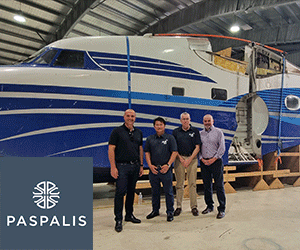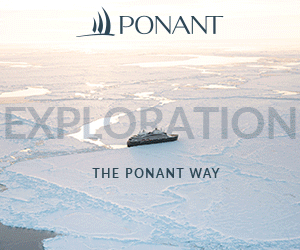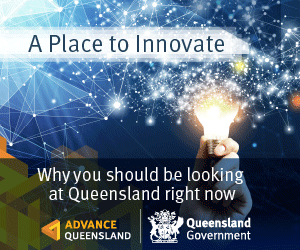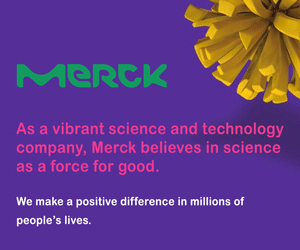1MG FlippingBooks
Breakthrough Innovation –
Opportunity From Crisis
By David Chuter
For financial advisers, clients’ different learned perceptions of risk are often the biggest challenge when recommending a certain type of portfolio for wealth creation.

“Never let a good crisis go to waste,” said Winston Churchill – advice I tried to apply in a three-decade career in automotive manufacturing. And to be sure, we must not waste the pandemic, nor the opportunities it presents. Concepts and virtues such as leadership, collaboration, innovation, ingenuity, research and, dare I say it, even local manufacturing, are not just in vogue but important and necessary. Many businesses engaged in historically strong areas of the Australian economy simply cannot continue to operate as they have in the past.
There has never been a more important time to understand the difference between what a business does and the business model it could successfully deploy – that is, how the business can stay competitive in an uncertain world. Ensuring that businesses are agile and able to find opportunity in times of uncertainty is essential. In Australia, this will require a strong focus on small-to-medium enterprises (SMEs), as they make up the bulk of most industry and service sectors. For any strategy to succeed, it needs to work for SMEs in terms of leadership development, collaboration, and investment in design, innovation, R&D, talent and competitiveness. This will require larger companies to help develop and promote both smaller businesses and government programs that incentivise the right behaviours rather than propagate entitlement.
We need to find more ways to focus on breakthrough innovation – as distinct from invention or incremental continuous improvement – that reshapes business models and creates new products and services that can be sold locally and internationally. History shows that businesses that invest in innovation through a crisis outperform their competition during the recovery. Key to both innovation and continuous improvement in Australia is the rapid adoption of digitalisation and associated business models enabled through the fourth industrial revolution, also termed Industry 4.0. This will drive much-needed step changes in productivity and competitiveness, while enabling superior value to be both captured and created.
So, what are other key ingredients? High on the list is purposeful R&D in science and technology, including frontier technologies. This will be central not only to rebuilding the economy but to fuelling grand challenges – races that we can win. Australia is blessed with an abundance of academic resources. We need to utilise these better and be clear on what activities are to be industry- and market-led versus research- and discovery-pushed.
Though R&D is a critical element of innovation, it is not the only element. Just look at companies, such as Atlassian, which have built global software platforms and created new business models. Scale matters, too. But this is diminished by duplication of resources and effort, and by fragmentation of incentive programs.
Also high on the list is effective collaboration – even in competition (as long as it isn’t collusion) – across all business sizes, and with the research and education sectors. Collaboration creates the opportunity to work with universities, suppliers, customers and even competitors to solve shared problems and create new business models.
We need, therefore, to invest in manufacturing as both a vertical-industry sector and a horizontal enabler for most primary Australian industry sectors, in terms of key enabling technologies, supply-chain capability, research and innovation, accelerating digitalisation and the uptake of Industry 4.0 and associated new business models. We need to balance short-term and critical initiatives with longer-term strategic needs linked to a compelling, engaging vision for our future that builds on our strengths, abundant raw materials and energy sources, and delivers growth both locally and globally. And we will need to test this through the lens of industry sovereign capability and needs, perhaps in collaboration with New Zealand.
While much focus is rightly on the medical, pharmaceutical and health sector, we also need to reflect on opportunities for value creation, investment, jobs and wealth creation in bio, energy and fuels, minerals, food and agribusiness, construction, defence and space, as well is in digital technology. We have world-beating capability and exemplars in all of these areas, and others.
We need manufacturing and industry to be attractive to investors, businesses, researchers, government, current and future employees (think schoolchildren and the parents who influence their choices) and to the community. And we need this attraction to be both local and offshore to ensure our future relevance and economic prosperity.
How do we, as a nation, bring all these ingredients and ideas together? A proven approach involves the creation of a national network of technology, innovation and collaboration hubs, at scale, with both multinationals and SMEs working in safe spaces with researchers. The Manufacturing USA Institutes and the UK’s High Value Manufacturing Catapult Centres are both great examples. Both spearheaded long-term national industrial and manufacturing strategies, and incentivised significant research and investment well beyond the initial government support.
This is a breakthrough opportunity for Australia, and it is the type of “good different” thinking and planning we will need to avoid wasting this crisis. The good news is that we have a blueprint for how this can work in Australia. And we can build on existing resources. We just need to be bold and commit to this hub business model and investment. It is time to build sufficiency of capability and scale and to create both the future of work and the jobs of the future. This is the breakthrough opportunity that Australia must seize.
David Chuter is the CEO and Managing Director of the Innovative Manufacturing Cooperative Research Centre (IMCRC), whose mission is to help transform Australian manufacturing through collaborative investment, research impact and innovation.










